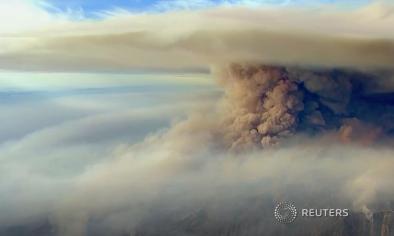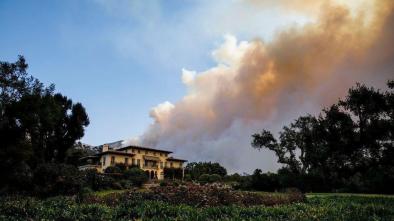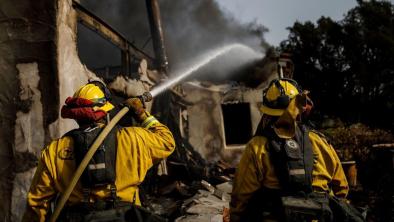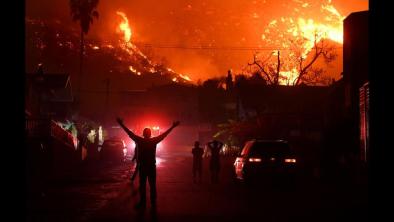Science Source
Future respiratory hospital admissions from wildfire smoke under climate change in the Western US
- States that the health impacts of wildfire smoke under climate change are largely unknown
- Links projections of future levels of fine particulate matter (PM2.5) specifically from wildfire smoke under the A1B climate change scenario using the GEOS-Chem model for 2046–2051, present-day estimates of hospital admission impacts from wildfire smoke, and future population projections to estimate the change in respiratory hospital admissions for persons ≥65 years by county (n = 561) from wildfire PM2.5 under climate change in the Western US
- Finds that the increase in intense wildfire smoke days from climate change would result in an estimated 178 (95% confidence interval: 6.2, 361) additional respiratory hospital admissions in the Western US, accounting for estimated future increase in the elderly population
- Results indicate that climate change imposes an estimated additional 4990 high-pollution smoke days
- Results provide important scientific evidence of an often-ignored aspect of wildfire impact, and information on their anticipated spatial distribution
Related Content
Headline

Dec 22, 2017 | Ventura County Star
Thomas Fire, in part, spurs largest disaster aid package ever
Headline

Dec 22, 2017 | LA Times
Evacuation orders lifted in Santa Barbara County as crews tame massive Thomas fire
Headline

Dec 22, 2017 | LA Times
L.A.'s increasingly hot and dry autumns result in 'these near-apocalyptic fires'
Headline

Dec 21, 2017 | LA Times
Gov. Jerry Brown requests a major disaster declaration for SoCal wildfires


